Description
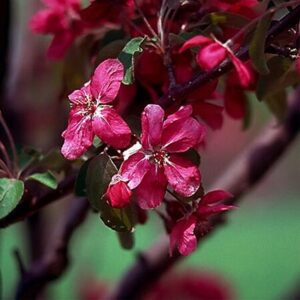 Height: 25 feet
Height: 25 feet
Spread: 25 feet
Sunlight: full
Hardiness Zone: 4a
Other Names: Roseybloom, Crabapple
Description:
A lovely deep pink flowered crab, with interesting bronze-green foliage in the summer; flowers are followed by ornamental bright red fruit that will persist into the winter giving added interest; excellent disease resistance; fruit is great for jellies
Ornamental Features
Robinson Flowering Crab is smothered in stunning clusters of fragrant hot pink flowers along the branches in mid spring, which emerge from distinctive crimson flower buds before the leaves. It has attractive light green foliage with red veins which emerges purple in spring. The oval leaves are highly ornamental and turn an outstanding orange in the fall. The fruits are showy cherry red pomes carried in abundance from early to late fall.
Landscape Attributes
Robinson Flowering Crab is a deciduous tree with an upright spreading habit of growth. Its average texture blends into the landscape, but can be balanced by one or two finer or coarser trees or shrubs for an effective composition.
This tree will require occasional maintenance and upkeep, and is best pruned in late winter once the threat of extreme cold has passed. It is a good choice for attracting birds to your yard. It has no significant negative characteristics.
Robinson Flowering Crab is recommended for the following landscape applications;
- Accent
- Shade
Planting & Growing
Robinson Flowering Crab will grow to be about 25 feet tall at maturity, with a spread of 25 feet. It has a low canopy with a typical clearance of 4 feet from the ground, and is suitable for planting under power lines. It grows at a medium rate, and under ideal conditions can be expected to live for 50 years or more.
This tree should only be grown in full sunlight. It prefers to grow in average to moist conditions, and shouldn’t be allowed to dry out. It is not particular as to soil type or pH. It is highly tolerant of urban pollution and will even thrive in inner city environments. This particular variety is an interspecific hybrid.
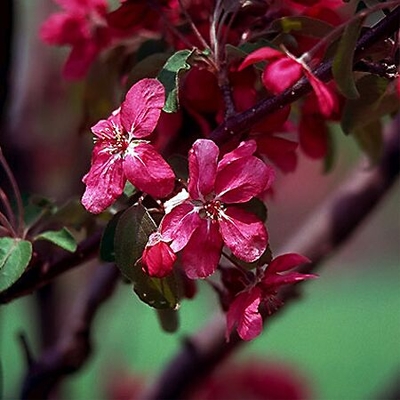
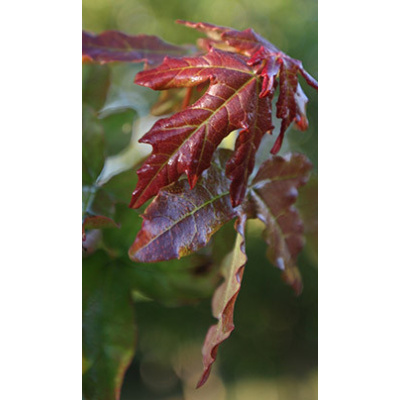
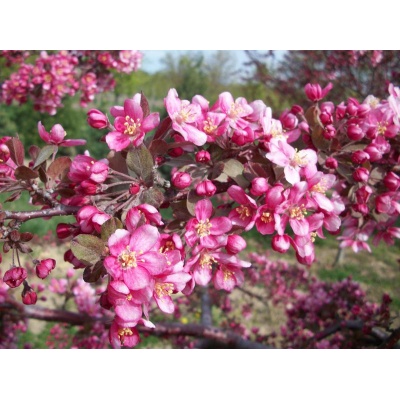
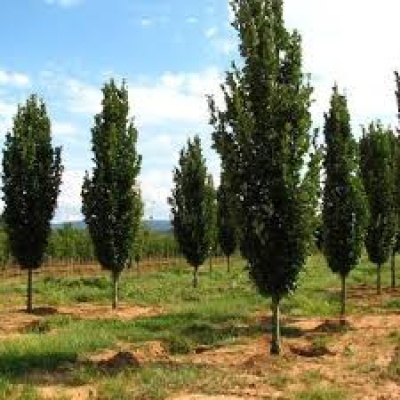
Reviews
There are no reviews yet.